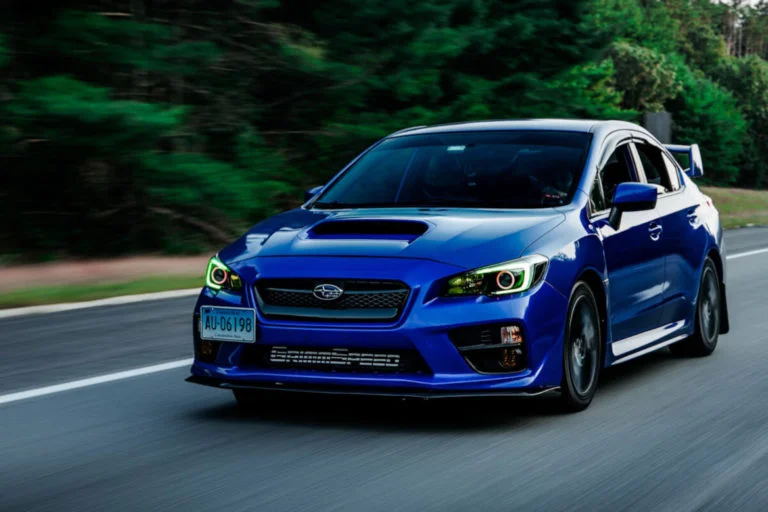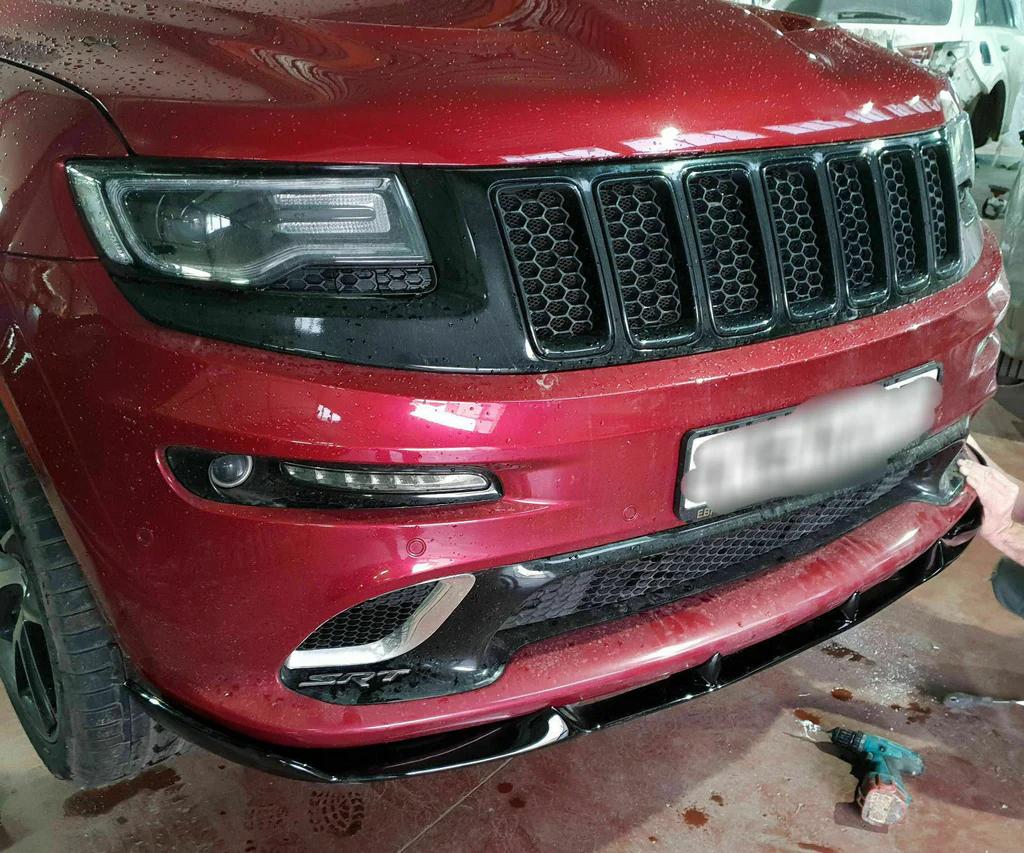Technology keeps evolving at lightning speed, and organizations everywhere are searching for smarter ways to manage data, streamline processes, and stay competitive. One solution that has been gaining attention is ecmiss. This tool, often described as both a system and a platform, promises to simplify complexity, improve workflows, and deliver insights that help businesses act faster.
If you’ve ever felt overwhelmed by endless spreadsheets, delayed updates, or confusing analytics dashboards, then ecmiss may be the answer you’ve been waiting for. In this article, we’ll explore what data simplified is, how it works, why it’s important today, and how you can apply it to your own organization.
1. What Is ecmiss? An Easy Introduction
At its core, ecmiss is a system designed to help organizations capture, process, and analyze data in real time. Instead of waiting for weekly reports or manually updating spreadsheets, the data simplified platform automates much of the heavy lifting. That means decision-makers can act faster and with more confidence.
Think of ecmiss as a digital command center. Just like a pilot depends on a dashboard to track altitude, speed, and direction, businesses can use the data simplified system to monitor performance, identify risks, and adjust strategies on the fly.
Analogy: Imagine managing a busy restaurant. Without a central system, you’d juggle orders, staff schedules, inventory, and customer feedback separately. The data simplified tool brings everything into one place so you can see what’s happening, fix problems quickly, and keep the entire operation running smoothly.
2. The Origins of ecmiss: Where the Term Came From
Every useful concept has a backstory, and data simplified is no exception.
Early Development
The idea behind data simplified emerged when organizations realized that traditional management systems were too slow for a fast-paced world. Data would pile up, reports would lag, and by the time leaders saw the numbers, opportunities had already passed. Innovators saw the need for a system that worked in real time.
Evolution Over Time
Originally, data simplified started as a small-scale tool built to solve basic reporting challenges. Over the years, it expanded into a fully integrated system capable of handling everything from live dashboards to predictive analytics. The platform grew not only in technical sophistication but also in its ability to serve industries as diverse as healthcare, retail, finance, and education.
Timeline Table of ecmiss Evolution:
| Year/Phase | ecmiss Development Highlight |
| Initial Concept | Built to replace static, outdated reporting tools |
| Expansion Phase | Added live dashboards and real-time alerts |
| Modern Platform | Incorporates AI-driven insights and cross-industry use |
3. Why ecmiss Matters Today
We live in an era where speed and accuracy make or break success. Businesses, governments, and even nonprofits depend on information delivered quickly and clearly. That’s why the data simplified system has gained such momentum—it helps organizations cut through the noise and focus on what matters.
Here’s why it matters:
- Quicker Choices: The data simplified tool helps leaders make faster decisions by providing immediate insights, which leads to better results and fewer delays.
- Improved Collaboration: Teams access the same data, eliminating confusion and ensuring everyone works toward the same goals.
- Error Reduction: Automation cuts down on human mistakes that creep into manual reporting.
- Scalability: Whether you’re a startup or a multinational, data simplified adapts to your needs.
Case Study Example:
A retail chain struggled with stock management. Stores often ran out of popular items while overstocking slow movers. After introducing the data simplified platform, they could monitor sales in real time and adjust supply orders accordingly. Within six months, wastage dropped by 30% and sales rose by 15%.
4. How the ecmiss System Works in Real Life
Understanding how ecmiss functions can help you picture its impact. At a glance, it combines modules that work together seamlessly.
Key Components of the ecmiss System
- Data Input Module: Pulls information from multiple sources—sales systems, HR tools, financial records, or even customer apps.
- Processing Engine: Cleans, organizes, and prepares data for quick use.
- Dashboard: Provides visual snapshots of performance with customizable widgets.
- Notification Alerts: Flags unusual trends or urgent issues so leaders can act instantly.
Practical Use Cases
- Marketing Teams: A campaign manager tracks ad performance in real time using the ecmiss tool, shifting budgets instantly to maximize ROI.
- Small Businesses: Owners use the ecmiss platform to monitor daily sales and staff performance, ensuring nothing slips through the cracks.
- Healthcare Organizations: Hospitals rely on ecmiss to keep tabs on patient admissions, bed availability, and supply needs.
Mini “How-To” Guide for Using ecmiss
- Set Up Data Sources: Connect your existing systems.
- Customize Your Dashboard: Add widgets that display the metrics most relevant to you.
- Enable Alerts: Choose thresholds for critical issues so you never miss an important change.
- Check Insights Frequently: Make it a routine to look at the data simplified system every day to ensure ongoing enhancement.
5. Common Misunderstandings About ecmiss
Like any innovative platform, ecmiss faces misconceptions. Let’s clear up a few.
- Myth 1: ecmiss is only for big companies.
Fact: The data simplified system scales for both small teams and large enterprises. - Myth 2: The ecmiss tool is too complicated.
Fact: With user-friendly interfaces and guided onboarding, anyone can use it. - Myth 3: ecmiss replaces human intelligence.
Fact: It supports decision-making but doesn’t eliminate the need for human judgment. - Myth 4: ecmiss is limited to one industry.
Fact: From retail to healthcare, its versatility makes it relevant almost anywhere.
6. Related Terms and Variations of ecmiss
While “ecmiss” is the main term, several variations appear in practice.
- ec-miss: A spelling variation you might see in online discussions.
- ecmiss tool: Highlights a specific module or feature.
- ecmiss system: Refers to the entire integrated setup.
- ecmiss platform: Suggests a broader solution supporting multiple workflows.
Comparison Table:
| Term | Connection to ecmiss | Key Difference |
| ec-miss | Alternate spelling | Same meaning, different notation |
| ecmiss tool | Focus on individual modules | Smaller scope |
| ecmiss system | Full integrated solution | Emphasizes end-to-end setup |
| ecmiss platform | Broad ecosystem for different workflows | Suggests cross-industry application |
7. Why You Should Care About ecmiss — Summary & Next Steps
When you step back, the message is clear: data simplified isn’t just another tech buzzword. It’s a practical system that helps organizations act smarter, faster, and with fewer errors. By automating routine work and centralizing insights, the data simplified platform frees people to focus on strategy and creativity.
Quick Recap:
- ecmiss captures and processes data in real time.
- It works across industries and scales with your needs.
- Myths about complexity or exclusivity don’t hold up under real-world use.
Your Next Step:
If you run a business or manage a team, consider trying an data simplified demo or pilot program. Even a small test run can show how much time and energy you save. Start by connecting just one data source, then expand gradually as you gain confidence.
Quote to Remember: “Good decisions depend on good data. Great decisions depend on seeing that data in time.” Ecmiss ensures you always stay one step ahead.
Final Thought: Adopting the data simplified system isn’t about chasing trends—it’s about building resilience and staying relevant in a world that never slows down. Those who embrace it will not only survive but thrive.














Leave a Reply